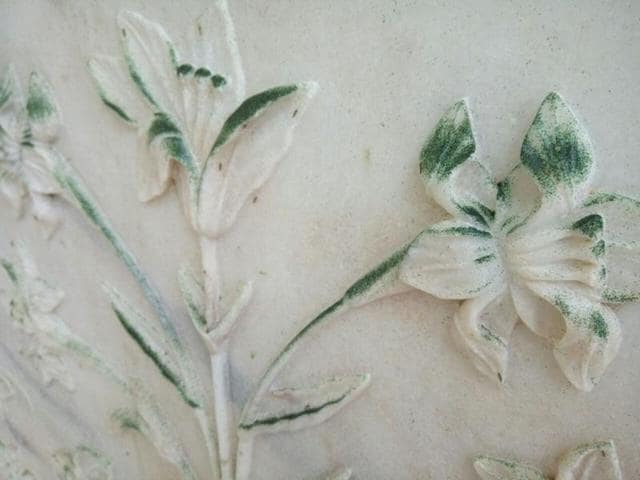Agra: After marble, red stone of Taj Mahal turning green
Not only marble, the red stone of the Taj Mahal is also turning green. And now the Archeological Survey of India (ASI) is zeroing in on river pollution as the cause of this change of hue.
Not only marble, the red stone of the Taj Mahal is also turning green. And now the Archeological Survey of India (ASI) is zeroing in on river pollution as the cause of this change of hue.

“We have collected various samples from different walls of the Taj Mahal and sent those to different labs,” said an ASI official.
“We have observed that apart from the marble walls, the red stones of Taj also have green traces. The monument of Itmad-ud-Daulah also has such traces but they are not as prominent as those on Taj walls,” he added. “Itmad-ud-Daulah and Taj Mahal are situated on the banks of Yamuna and one side of their wall is facing the river. It is possible that pollution from river Yamuna is messing up the walls,” shared the ASI official.
“Some mysterious insect is leaving the traces, either through its excreta or it could be carrying some sort of bacteria which stick to the wall. As the river is polluted, we don’t know what kind of insects live in it,” he added. Talking about chemical studies, the official said, “Such studies take time. We have sent the samples to labs, provided previous case studies and they’ll do multiple microscopic studies to understand the origin of the traces.”
“We have also contacted renowned etymologists to verify the species of insects, which might have attacked the Taj. We are not ruling out the possibility of an insect attack because the traces doubled within a night. To know more about these insects, scientists may use different methods such as electrophoresis or polymerase chain reaction (PCR) to identify the insect,” he added.



